
When repairing the floor, it is almost always necessary to deal with uneven surfaces, because when the old coating is dismantled, the screed under it is often damaged. Facing it again without preparatory work is a serious mistake, because of which the new finish will crack and deform. Meanwhile, it is not difficult to create a perfectly flat base if you use special modern materials.
Rough Levellers
More recently, the floors were leveled with a cement-sand mortar. This is a time-consuming and expensive business that requires certain professional skills. But the situation changed when special mixtures appeared on the market.
Conventionally, they can be divided into two large groups: some are used for rough alignment, and some are used for finishing. They differ in structure and, accordingly, in properties.
Mixtures for rough leveling — they are also called rough levellers — are designed for concrete foundations with deep chips and cracks. In these coarse—grained compositions, cement is used as a base component – it provides the necessary coating strength.
Rough levellers are used when laying the leveling layer on concrete, brick, stone or cement to create a foundation for a warm floor. And also — when installing a surface with a slope and laying a floating screed. All deep potholes are pre-sealed.
Finishing levelers
Even with the most careful work, it is impossible to get a perfectly smooth surface using only a coarse coarse-grained leveler. For this purpose, a special mixture will be required — a finishing one.
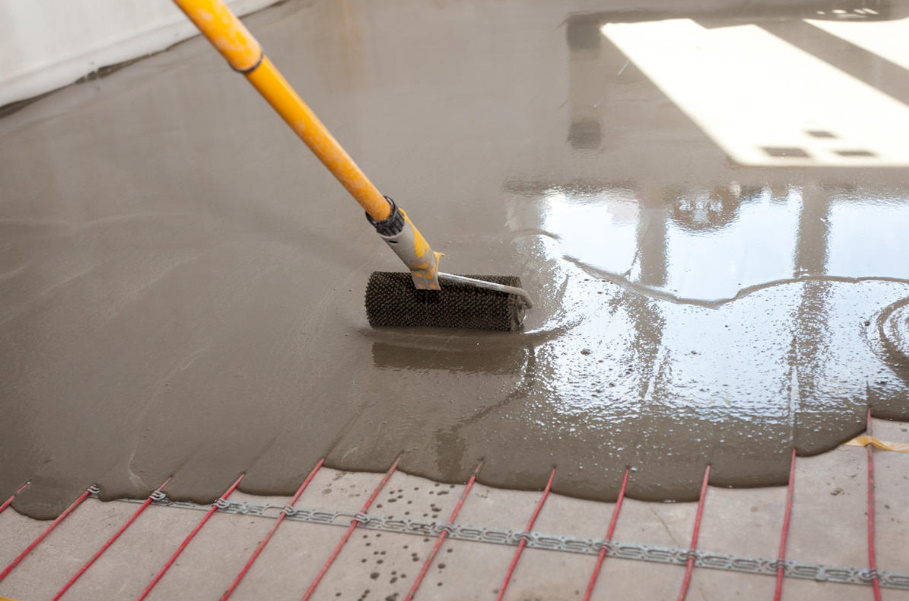
For the final alignment, the market today offers a variety of self-expanding materials. They differ in strength, elasticity, resistance to mechanical loads. When they are used on bases without large height differences, there is no need to fill a rough leveler, which saves time and money.
The mixture is diluted with water, and then distributed over the base. For work, it is recommended to use a needle roller or other improvised means — a spatula, a building rule, etc.
How to choose a mixture
First you need to determine what height the mortar layer should have, which would align all the irregularities of the base. Based on this, the consumption of the mixture is calculated. The figures obtained should be checked with the data on the package. There are indicated the height differences that the material is able to level: from 0 to 5 mm, from 2 to 20 mm, and so on.
For concrete and cement screeds, inexpensive leveling agents without special additives are quite suitable. These products are usually called fluid putties. But for asphalt and hot screeds, mixtures with elasticizers are needed.
Some companies produce universal elastic putties. They are used for leveling surfaces made of plasterboard or chipboard sheets, as well as for bases made of boards or solid parquet. But there are also special mixtures for each individual type of base. In any case, you should definitely read the product description.
Before applying the solution, the base must be treated with an appropriate primer. It is best if it is from the same manufacturer as the leveler itself.
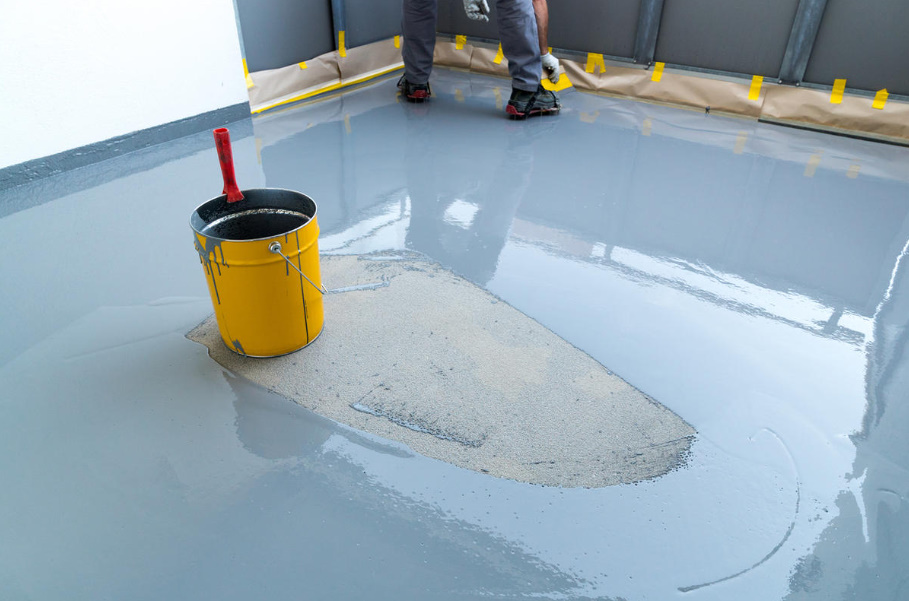
How to determine the amount of material
To find out how much leveling mass you will need, you need to determine the magnitude of the height differences on the treated surface. For this purpose, you need to measure the difference between the heights in the corners of the room and in its middle.
If there is no laser level, use a hydro level. Install one tube in the middle of the room, the other in one of the corners. Let’s assume that the area of the processed room is 15 m2. The device showed that the height of the base in the middle of the room is 30 mm, and in the corner — 36 mm, that is, the difference was 6 mm. Write down this result. In the same way, determine the height differences in all corners. Add up the received data and divide by the number of angles — so you get the average value of the height differences.
Example: 1st corner — 6 mm, 2nd — 3 mm, 3rd -11 mm, 4th — 9 mm. The sum of measurements is 29 mm. The average value is 7.25 mm (29/4). The packaging of mixtures, as a rule, indicates the amount of material consumption per 1 m² at a layer height of 1 cm (or 1 mm). Suppose that the package shows a consumption of 16 kg/1 m²/1 cm. The consumption of the mixture in our example will be: 16 kg × 15 × 0.725 = 174 kg.
Recommendations for laying
Finishing the floor with parquet, laminate, natural stone or tiles requires the most careful alignment of the base in compliance with all the nuances of technology. The situation is somewhat simpler with linoleum or vinyl coverings — for them it is enough to perform a simple screed, for example, with the use of self-spreading leveling mixtures.
When preparing the solution, it is necessary to strictly follow the instructions. The coarse leveler is diluted to a mushy state, the finishing one to a more liquid one so that it can spread freely. The composition of the mixtures contains water that can leak into any crack, so the base must have waterproofing.
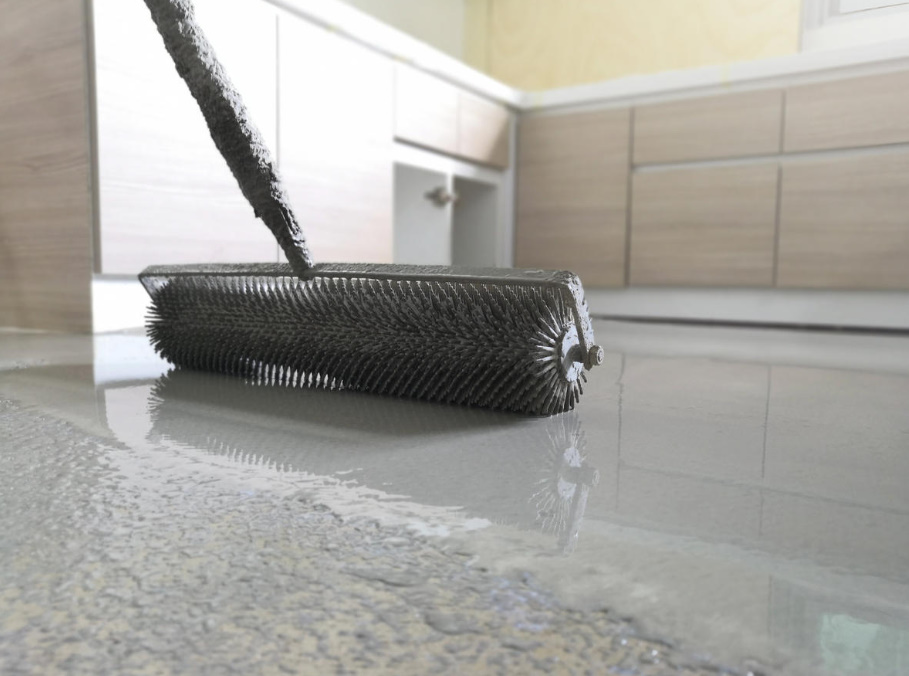
The levellers harden quite quickly, it is clear that there is no need to breed a lot of dry mixture at a time. It is enough to prepare as much solution as can be laid in 20 minutes. It should also be taken into account that too much water in the mixture will lead to peeling of the leveling layer, loss of its strength and the appearance of cracks. And, of course, when laying, air bubbles should be removed.
When you can’t do without beacons
If a rough leveler should be used as the main leveling layer, then when pouring the screed, so—called beacons are necessarily installed – special T-shaped guides or metal rails. With their help, the screed can be made smooth and smooth.
The more such rails are installed, the better the floor will turn out, which is especially important when leveling bases with large height differences. Guides will not be superfluous even when using self-expanding leveling mixtures. These steel fixtures will help to check whether everything is going right.

Let’s consider one of the easiest ways to install beacons. You need to start by determining the level at which the screed surface should be located. To do this, using a laser or a conventional construction level, marks are made on the walls around the perimeter of the room. Lines are drawn on the floor with chalk to install lighthouses.
The first line is at a distance of 20-30 cm from the place where the baseboard will be installed and then every 20-30 cm. Then beacons are installed according to the marking: they are fixed in “slides” of thick cement-sand mortar and leveled according to the level, focusing on points on the walls.
The “slides” are allowed to harden so that the lighthouses do not subsequently budge. After drying, they are primed, and after the primer dries, they begin laying the screed.
The floor is leveled with a rule that is pulled along the lighthouses, as if on rails, moving it towards itself and from side to side, achieving the maximum smooth surface of the solution.
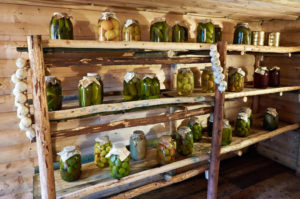

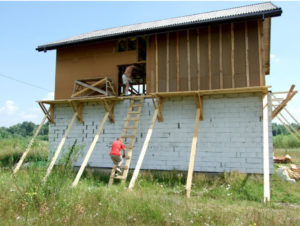
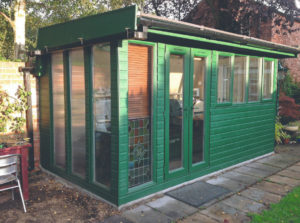
Leave a Reply